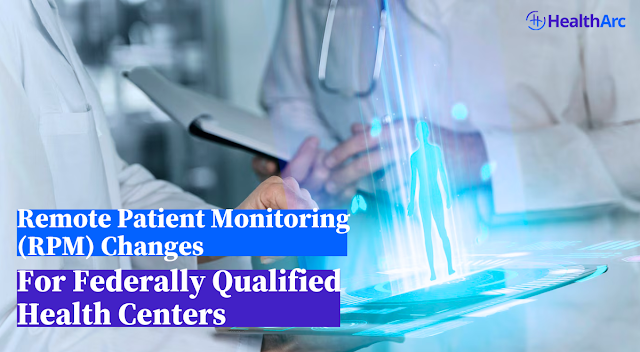What Hospitals and FQHCs Should Know About Advanced Primary Care Management (APCM) in 2025
Advanced Primary Care Management (APCM) has become a significant foundation for hospitals and Federally Qualified Health Centers (FQHCs) as healthcare moves toward value-based models. APCM is more than simply a new name for primary care; it focuses on patient-centered, integrated, and data-driven care that balances clinical excellence with budgetary sustainability.
In 2025, APCM will be more important than ever since payers, providers, and consumers all want healthcare experiences that are smarter and more connected. Hospitals and FQHCs need to know how to use APCM correctly to get results that matter and make the most money.
Core of APCM
At its core, APCM is more than just regular primary care since it combines preventative care, chronic care management, and digital health tools into a single paradigm of care. It stresses:
Care coordination means making sure that patients get the proper care at the right time from more than one provider.
Patient Engagement: using technology and education to provide people the power to take care of their health.
Data-Driven Insights: Instead of waiting for problems to happen, use analytics and constant monitoring to figure out what might go wrong.
Technology is the key.
Advanced Primary Care Management is built on technology. In order for hospitals and FQHCs to do well in 2025, they need to buy platforms that let care teams act before they have to.
Best Chronic Care Management Software: Helps doctors keep track of patients with more than one chronic ailment so that no one gets lost.
Remote Monitoring Platform: Gives care teams real-time information about vitals and adherence, letting them know before problems get worse.
RTM (Remote Therapeutic Monitoring): This expands APCM to include things like pain management, musculoskeletal care, and respiratory disorders. It makes sure that patients stick to their therapy plans.
Recovery Monitoring Solutions help with care after surgery and during rehabilitation, which lowers the risk of problems and speeds up recovery.
Electronic Health Record Demonstration: This shows how APCM workflows operate perfectly with current EHR systems, making it easy for both physicians and administrators to use.
These technologies give clinicians a full picture of the patient's journey and make it easier for them to keep track of follow-ups and paperwork.
SOC 2 vs. HIPAA: What You Need to Know
Ensuring adherence to data security and privacy standards is crucial for APCM. Understanding the distinction between SOC 2 and HIPAA is crucial as hospitals and FQHCs handle highly confidential patient data.
HIPAA is a law that makes sure that healthcare companies follow privacy and security requirements.
SOC 2 accreditation isn't required, but it shows that a software vendor has more measures in place to protect data, including security, privacy, and availability.
If your business wants to use APCM, partnering with platforms that are both HIPAA-compliant and SOC 2-certified will give you peace of mind and a solid base for growth.
The return on investment (ROI) of APCM in 2025
It's apparent that Advanced Primary Care Management will save money:
Fewer Readmissions: Proactive follow-ups and monitoring keep people from having to go back to the hospital.
More Money: Programs like Chronic Care Management and RTM provide billable CPT codes, which means more money coming in.
Operational Efficiency: Clinicians have more time because of automated warnings, reminders, and improved paperwork.
Better Patient Retention: Patients who are involved in APCM are happier and more likely to stay with a provider network.
Better Value-Based Performance: Hospitals and FQHCs can show that they are getting better results and spending less money, which is in line with payer contracts.
Conclusion
Advanced primary care management is no longer just a choice; it's the way hospitals and FQHCs will provide long-term care in the future. By using the best chronic care management software, remote monitoring platforms, RTM, recovery monitoring solutions, and secure connectors with EHRs, companies may get better results and make more money in 2025.
To see how a modern digital health platform can simplify APCM adoption and maximize results, explore HealthArc and request a demo today.
%20in%202025.jpg)


%20Changes%20for%20Federally%20Qualified%20Health%20Centers%20(1).png)
Comments
Post a Comment